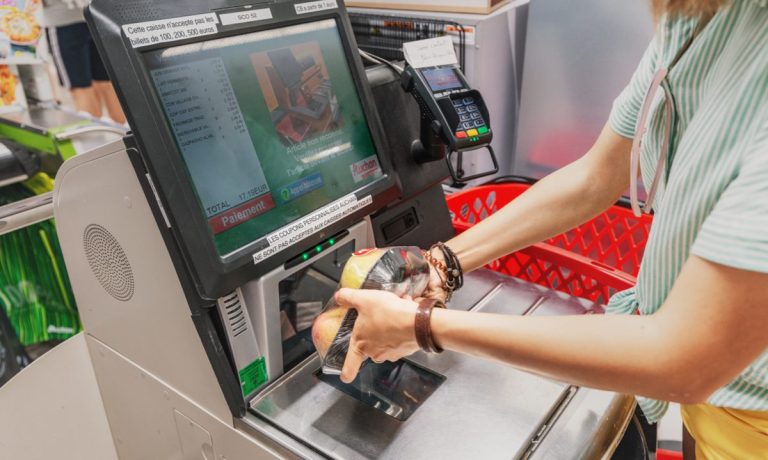Grocery Shoppers Turn to Self-Checkout Amid Dissatisfaction With Traditional Experience

Research featured in PYMNTS’ latest Retail Tracker® shows shoppers have been let down at checkout.
The Context
The grocery industry, for its part, has been working hard on innovating the checkout experience, tapping new technologies to improve efficiency on its end and to remove friction for consumers. From traditional kiosks to scan-and-go to smart carts and more, grocers have been looking to optimize the process.

In an interview with PYMNTS, Raz Golan, CEO and co-founder of Shopic, discussed how these technologies can help grocers meet consumers’ new expectations for their in-store shopping journeys, which have been changed by the rise of eCommerce.
“Shoppers are happier when they have a better experience in the store,” Golan said. “They buy more, they go back to the store more, and when they wish to, they can pay and go in a matter of a few seconds. This is the general trend, and shoppers are demanding this, when they compare the experience of online to these offline physical stores.”
Additionally, many grocers have been taking inspiration from Amazon’s “Just Walk Out” system, looking to offer a computer-vision-powered, cashier-less experience. Yet this kind of system may take a while to catch on.
In an interview with PYMNTS, Jordan Fisher, CEO of autonomous retail technology company Standard AI, which this month announced the acquisition of self-checkout kiosk creator Skip, argued that changing shopper behavior requires a slow, gradual approach.
“When we rolled out shopping carts 60, 70, 80 years ago — it seems weird to think about, but before that, shoppers didn’t know how to use shopping carts, and grocers started putting them into their stores, and shoppers weren’t using them,” Fisher said. “What they ended up doing was, they started hiring actors to walk around the store with the shopping carts because it made it really clear to all the other shoppers that that’s what these are for.”
He noted that, with the company’s acquisition of Skip, Standard AI can now communicate information about its computer vision payment options on the screens of these more traditional self-checkout kiosks, gradually introducing shoppers to the technology.
By the Numbers
A significant share of consumers feel overlooked by cashiers in the traditional checkout experience and/or experience social pressures that they do not have to deal with in self-service checkout.
According to data cited in the February edition of PYMNTS’ Retail Tracker® series, Innovating the Retail Checkout Experience, created in collaboration with LS Retail, 61% of consumers thought cashiers focus more on scanning than on customer satisfaction, and 30% thought they are a burden to clerks if they have too many items.